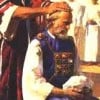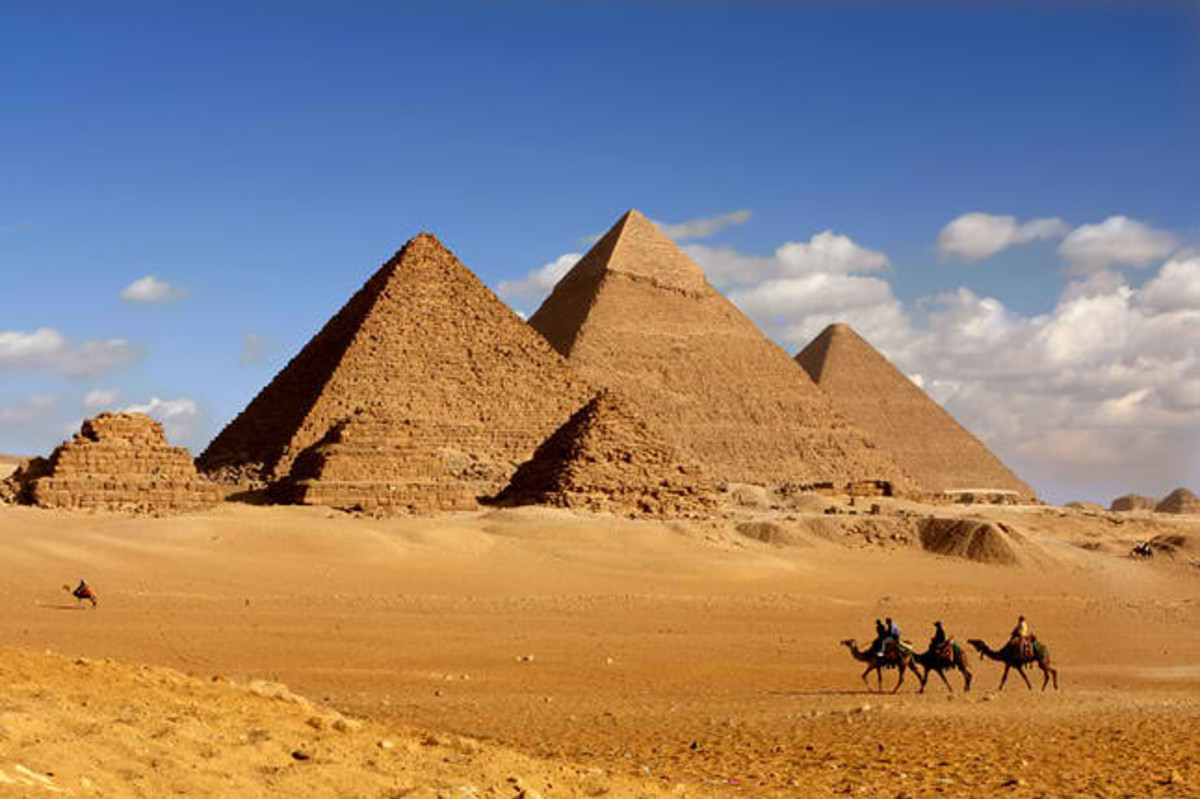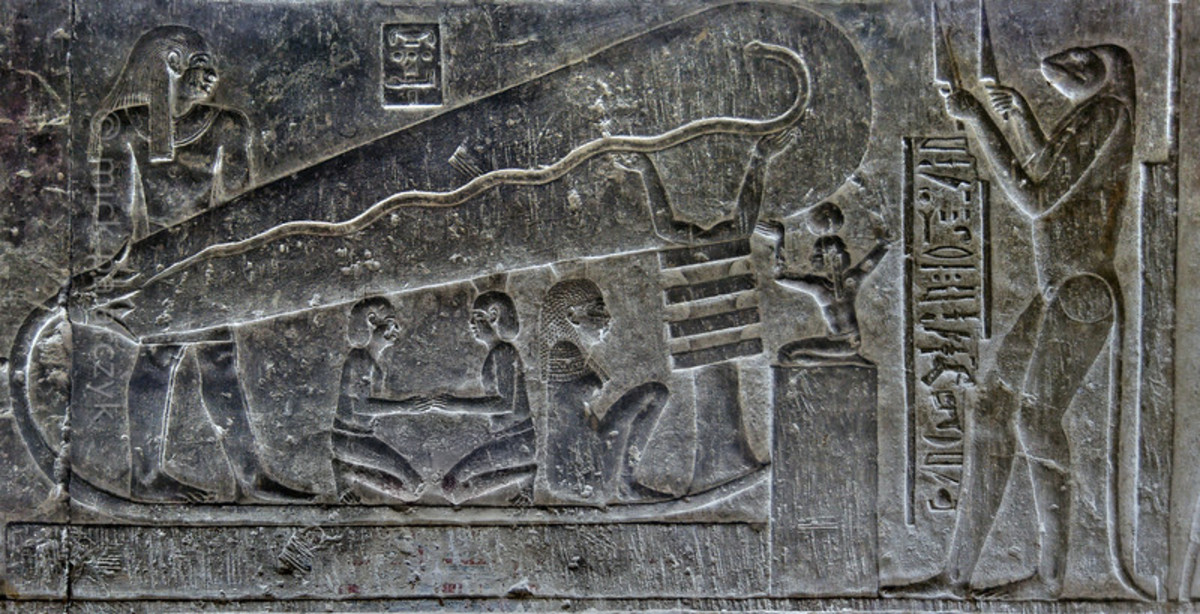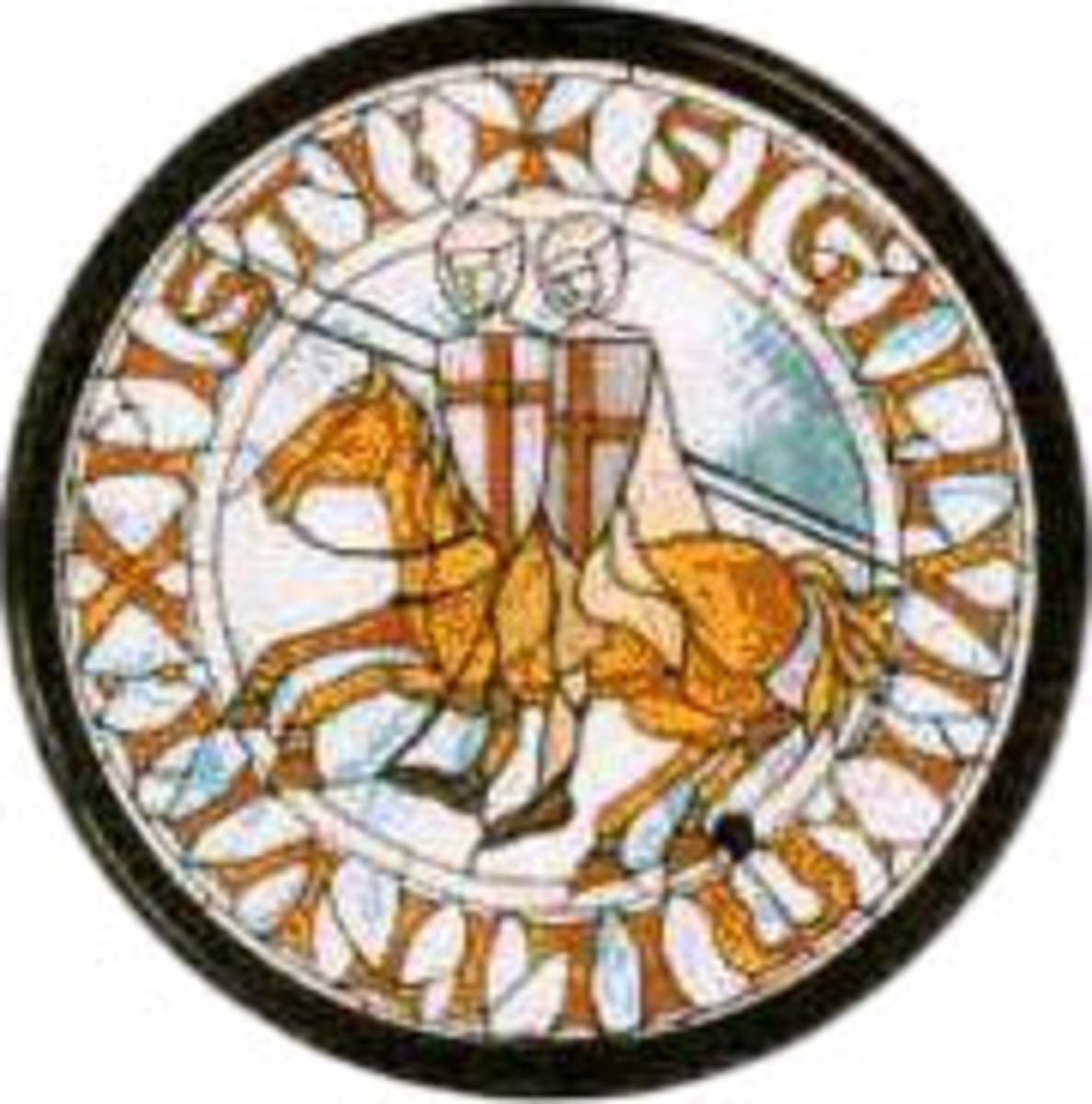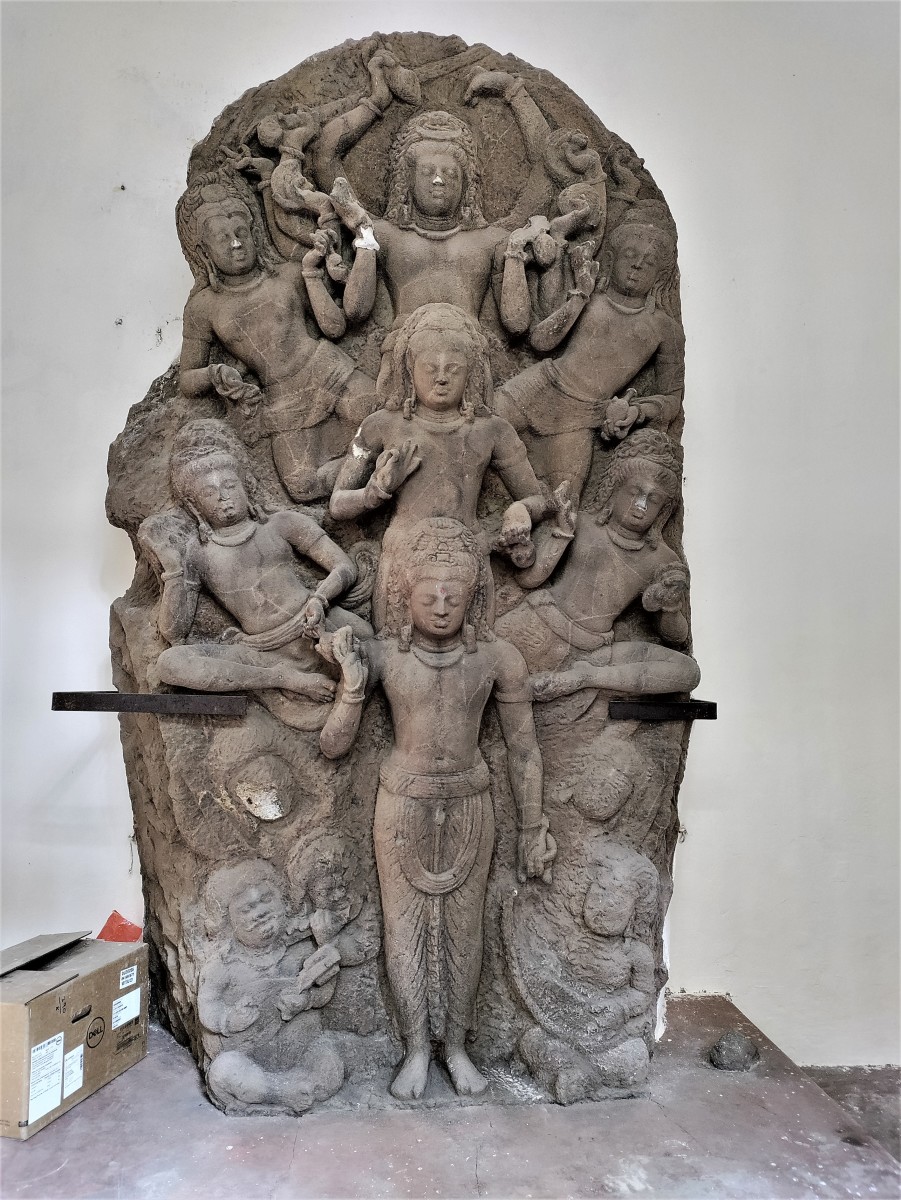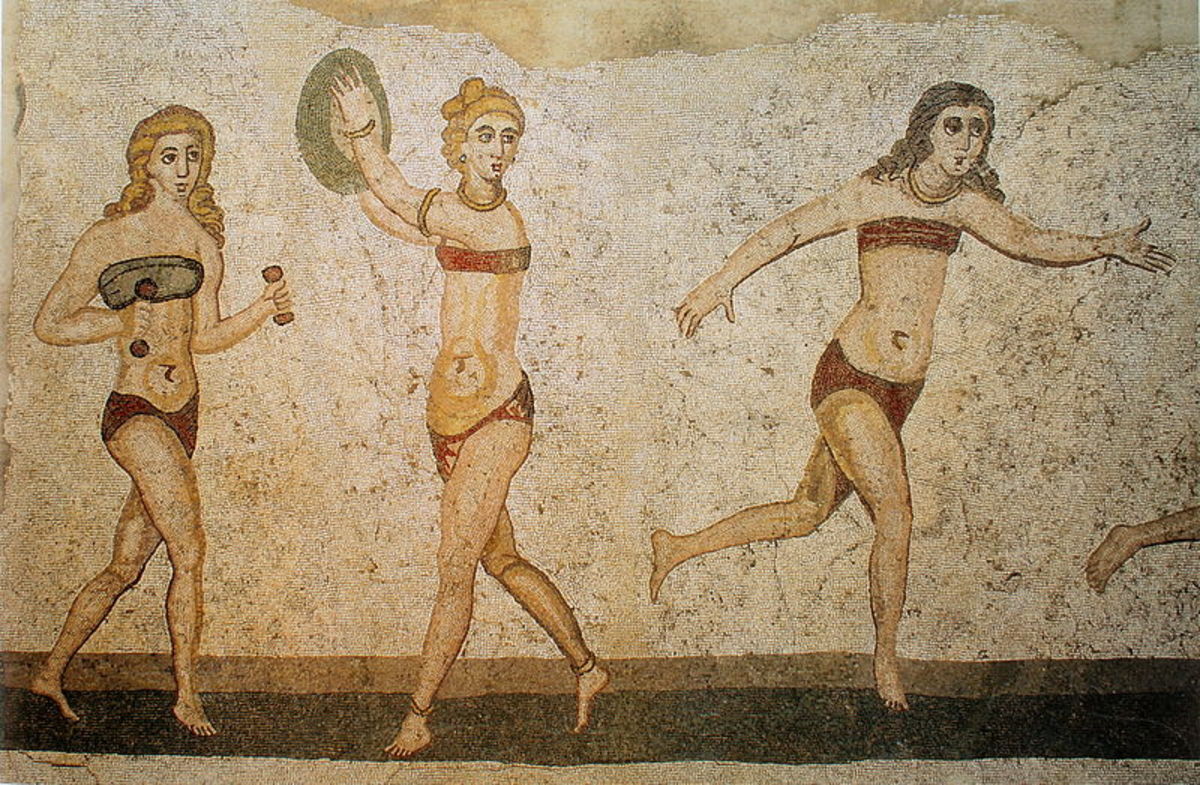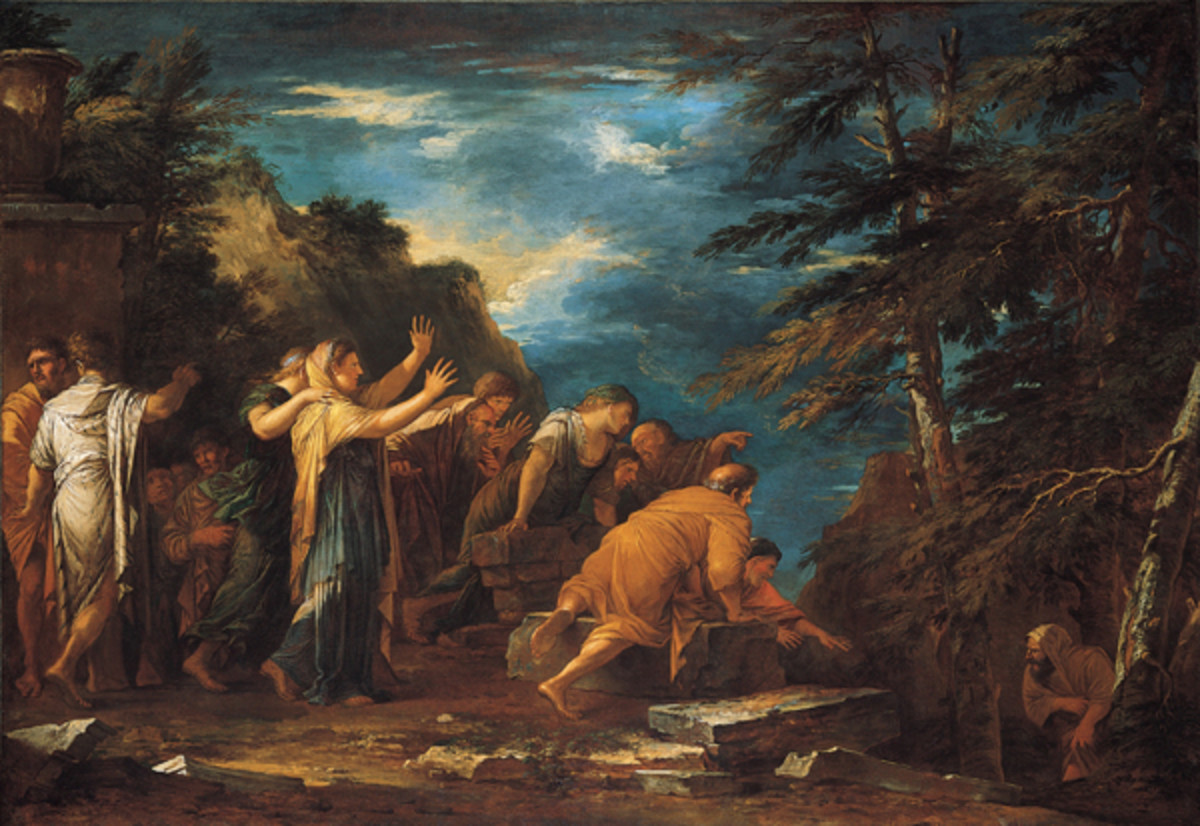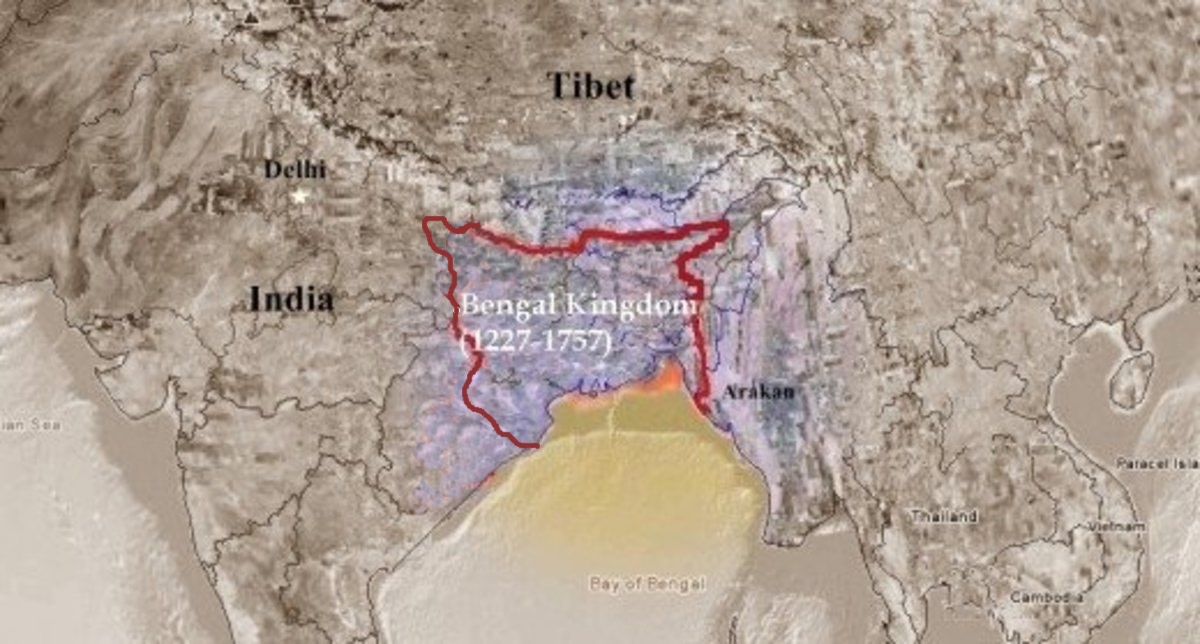Masonic History Part 4
Introduction
Part 3 left you to dwell upon the concept of the Levite builders. Priests that had actually been schooled in the art of masonry, metalworking and carpentry. Hardly what you’d expect priest to be taught, but the laws forbidding hands other than those of priest to touch the inner structures of the Temple made it impossible for anyone else to perform the task. There were also several burning questions in the last hub and it is my intention to deal with those and to start providing the answers.
Firstly, I’ll try to answer who was this brotherhood of Levite Priests that became the master masons and how did they obtain their skills. Understanding this is key to understanding the origins of Freemasonry.
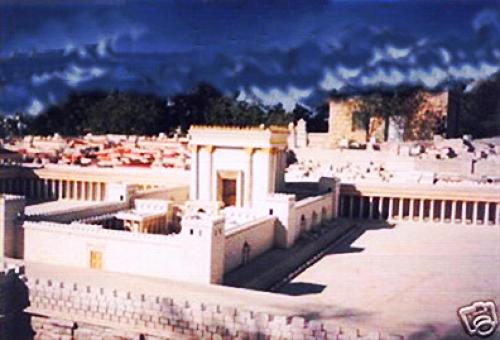
The Temple
In order to understand the significance of the Temple, one must view it as far more than an immense structure of stone and wood. Beginning with the first Temple built by Solomon, its cost wasn’t a simple measurement of materials and labour but was more an issue of lives and debt. In both latter cases, these were quite high. A considerable number of lives were lost during the construction and every king responsible for the constructions (ie. Solomon, Zerubbabel, or Herod) plunged their country into tremendous debt because of this singular structure.
Solomon’s Temple was built in the middle of the tenth century BC, based on plans designed by his father, David. Unfortunately, David was not allowed to begin the task because his hands had shed blood. And as I mentioned previously, unclean hands could not be associated with the construction of the Temple. As we read the description of the construction in Chronicles, it is said that Solomon built a glorious structure garnished with precious stones for beauty and lavished with huge quantities of gold. Even the nails it is said were made of gold, 50 shekels in total. In other words, a lot of gold. This is probably a fanciful discription as the use of gold nails would be quite difficult due to the softness of the metal. Gold leaf was more likely and the malleability of gold meant that many of the beams and structures could be covered with a think layer of gold at a minimal cost. But whereas the editor of Chronicles writes about how wonderful things were, the writer of Deuteronomy has a completely different perspective on the subject, reporting that 8000 men toiled in the stone quarries, and a further 30,000 men were conscripted to provide the labour for construction, working in Lebanon one month of every three. By the time it was finished, Solomon owed so much money that he had to give King Hiram of Tyre twenty Galilean cities in order to cancel the debt. Beautiful it may have been, but its cost was even more outstanding.
The construction, of which we are concerned is reported as being entirely of stone but the inner walls were lined with wood from the cedars of Lebanon. Much of this wood was carved with cherubim and floral designs and then it was entirely overlaid with gold. Just so you can picture it properly, the cherubim weren’t those chubby faced little kids with tiny wings and seen rolling around playfully on clouds. They were actually a composite made up of a man,s head, lion’s body and eagle’s wings. Before the door of the Temple were two massive pillars, each said to be twenty cubits tall (about 10 metres), the one named Jachin (to establish) and the other Boaz (strength). The entire structure being 20 cubits wide and 70 cubits long would have been a major undertaking at the time, requiring highly specialised workers and tradesmen, that weren’t easily found amongst a nomadic people that had just made the adjustment to urban living in the two hundred years prior. The movement from tent maker to stone mason meant an intense training program was required.
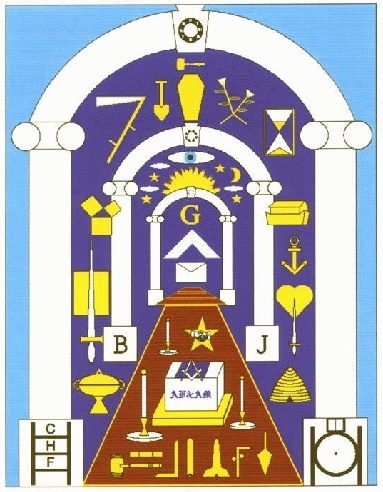
Masons in Training
In order to develop enough skilled labourers for the task, Solomon drew up a contract with Hiram, king of Tyre, in which in receipt of a massive payment, the Phoenicians would provide the labourers for the field work, the foremen and overseers for the construction, and train the selected Jewish priests to be artisans in stone, as only they could work with the stone once it was in the Temple precinct. We know that the laws forbidding non-Jewish personnel from being even close to the inner temple were quite strictly enforced. One of the warnings from Herod’s Temple has actually been discovered and it reads as follows: “No foreigner is allowed to enter within the balustrade and embankment around the sanctuary. Whoever is caught will have himself to blame for his death which follows.” There is little reason to believe that similar signs and regulations didn’t exist around Solomon’s Temple.
What resulted was a particular branch of the priesthood being relegated to being craftsmen. The unique combination of a builders guild being entirely composed of members from a religious order. And to oversee these craftsmen, was one Hiram Abif. Now you might being saying to yourself, wasn’t Hiram Abif merely the subject of Masonic legends? A name created for the purpose of masonic ritual only? Considering that the Book of Chronicles refers to the overseer being a man named Huram, who was skilful in the work of gold, silver, brass, iron, stone and timber, we have to assume that this master tradesman to whom the chronicler is referring to is none other than Hiram Abif. Just so you can check this out for yourself, if you read II Chronicles 2:13, you will see that Hiram was the son of a Phoenician father and a Jewish mother from the tribe of Dan. And to even legitimise his historical being even more, we can look in I Kings 5:14 and see that the overseer for the Temple builders was a man known as Adoniram. The name is actually a conjunction of Adoni Hiram which translates as “My master Hiram.”
In Conclusion
So now we have our first indication that Masonic Lore and Biblical history may not be that dissimilar. In fact they might in this case even be identical. His half Jewish origins explains why he was the ideal foreman for the construction of the Temple, because not only would his maternal lineage permit him to work freely in the outer precincts without violation of the “NO FOREIGNER” rule, but his kinship to the priests under his direction meant that he not only spoke the language but had an appreciation for the Temple’s religious significance. Interestingly, we have the first indication of the head of the guild being referred to as “My Lord,” or “My Master” as reported in the Book of Kings. We have an appreciation for the exclusion of anyone outside the brotherhood. In this case it was a true brotherhood since all the members were related from a particular family. The forbidding of any outsider to enter the inner sanctum under penalty of death, should make us reflect on the sword that stands by the doors of the Masonic Lodge. These are not merely coincidences nor are they adoptions or adaptations of Temple procedures by the first Masonic lodges when they were establishing the rites of passage. Considering the Temple had been destroyed in 70 AD, there was very little information they would have had available if Masonic ritual was merely a theoretical copy of ancient traditions.
